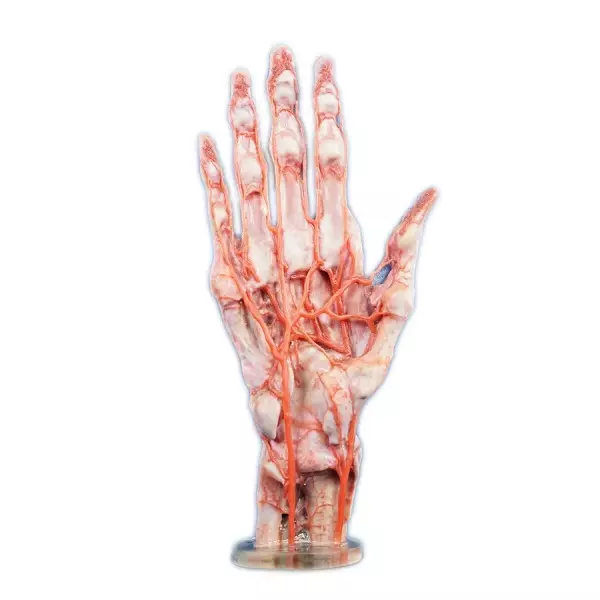The field of anatomy education has been transformed by the introduction of innovative technologies, and one such groundbreaking tool is the 3d dissection table. This advanced device offers a unique and immersive learning experience for students, allowing them to explore human anatomy in an interactive and engaging manner.
Enhancing Learning through Immersive Technology
The 3D dissection table provides students with a hands-on approach to studying human anatomy. By utilizing cutting-edge virtual reality technology, this table allows users to visualize and manipulate three-dimensional anatomical models. Students can dissect virtual cadavers, zoom in on specific structures, rotate models from different angles, and even simulate surgical procedures.
This immersive learning experience not only enhances students’ understanding of complex anatomical structures but also fosters critical thinking skills as they navigate through realistic scenarios. The ability to interact with digital representations of organs and tissues enables students to grasp spatial relationships more effectively than traditional two-dimensional textbooks or lectures.
DIGIHUMAN: A Gateway into Virtual Anatomy

A key feature of the 3D dissection table is its integration with DIGIHUMAN – a comprehensive database containing high-resolution scans of real human bodies. With access to this vast library of digital specimens, students can explore various anatomical variations that may exist among individuals.
DIGIHUMAN’s detailed visualizations enable learners to examine intricate details at their own pace while providing valuable insights into the diversity found within human anatomy. This resource empowers educators to tailor their teaching materials according to individual student needs, ensuring a personalized learning experience that caters to diverse learning styles.
Anatomy Table: Bridging Theory and Practice
In addition to its virtual capabilities, the 3D dissection table also serves as a physical anatomy table. Equipped with a transparent surface, this versatile tool allows students to overlay digital anatomical models onto real specimens, creating an integrated learning environment that bridges theory and practice.
By combining the tactile experience of handling actual anatomical structures with the visual feedback provided by the virtual overlays, students can develop a deeper understanding of how different systems interact within the human body. This multimodal approach enhances their ability to apply theoretical knowledge in practical settings, preparing them for future careers in healthcare or research.
Conclusion
The 3D dissection table represents a significant advancement in anatomy education. Its immersive technology, integration with DIGIHUMAN’s extensive database, and combination of virtual and physical learning experiences make it an invaluable tool for both educators and learners alike.
This innovative device not only revolutionizes how we teach anatomy but also empowers students to become active participants in their own learning journey. By tailoring solutions to individual needs and providing interactive opportunities for exploration, the 3D dissection table paves the way for more effective and engaging anatomy education.

